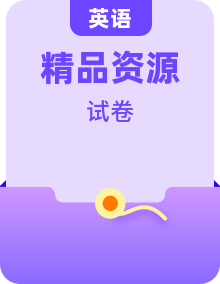相關(guān)試卷 更多

【開學(xué)考】2024秋高三上冊開學(xué)摸底考試卷 高三上冊開學(xué)摸底考試卷 高三上冊開學(xué)英語摸底考試卷 英語(新高考通用)01.zip

【開學(xué)考】2024秋高三上冊開學(xué)摸底考試卷 高三上冊開學(xué)摸底考試卷 高三上冊開學(xué)英語摸底考試卷 英語(天津卷).zip

【開學(xué)考】2024秋高三上冊開學(xué)摸底考試卷 高三上冊開學(xué)摸底考試卷 高三上冊開學(xué)英語摸底考試卷 英語(北京專用).zip

【開學(xué)考】2024秋高三上冊開學(xué)摸底考試卷 高三上冊開學(xué)摸底考試卷 高三上冊開學(xué)英語摸底考試卷 英語(上海專用).zip




